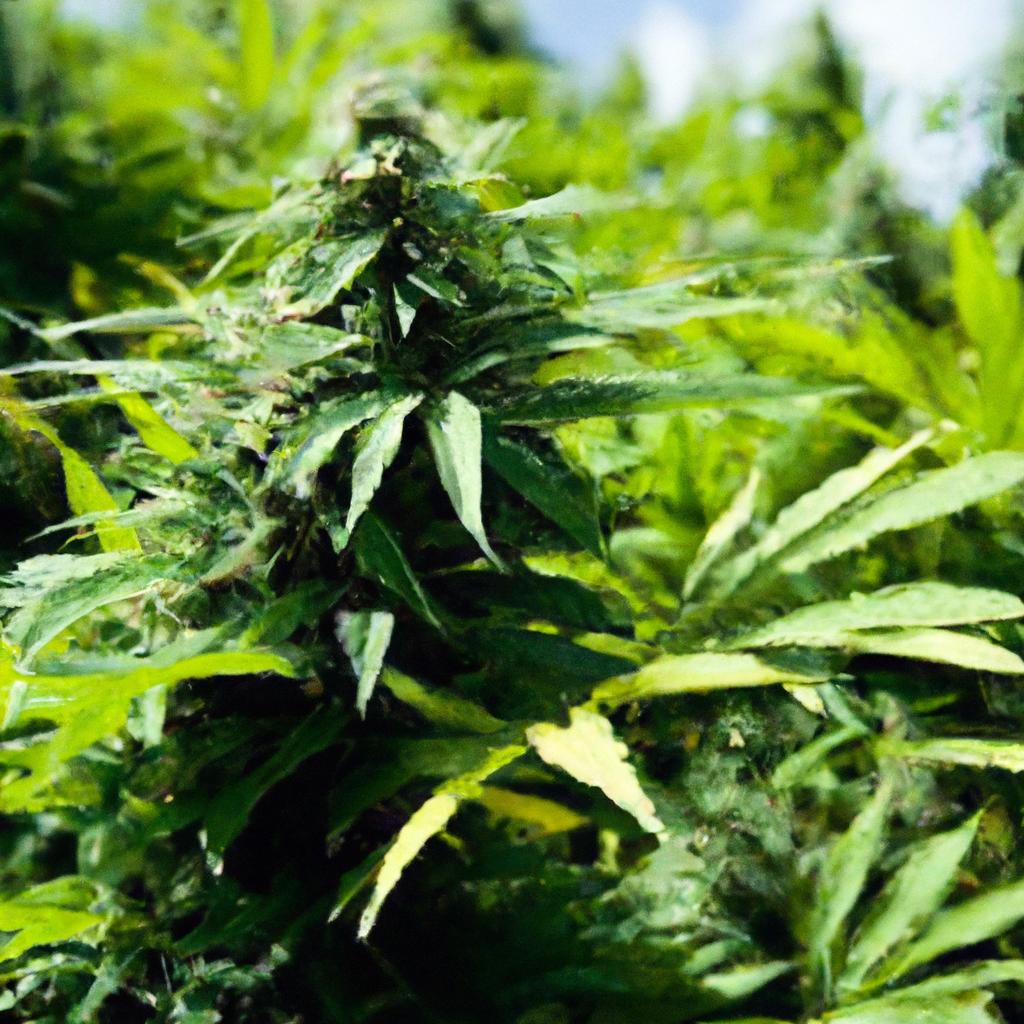by John “Magic” Greenleaf – Growing greatness, one strain at a time.
Introduction
High-altitude environments are often met with unique challenges as well as exceptional opportunities for cannabis cultivation. In the heart of Colorado, where the air is thin and the UV rays are more intense, cannabis growers like me have been harnessing these elements to produce some of the world’s finest cannabis. Let’s explore how altitude shapes the resilient and potent strains we’ve come to cherish.
The High-Altitude Advantage
The elevated UV exposure at high altitudes provides a natural stress factor that can enhance the production of protective compounds in cannabis, namely cannabinoids and terpenes. This stress manifests itself in more robust terpene profiles and elevated THC levels, giving high-altitude strains their distinct aroma and potency.
- Terpene Richness: Our “Mile High Mystique” showcases a complex combination of lavender and earth, enhanced by the altitude.
- Potency Boost: Strains like “Magic Kush” thrive with higher THC percentages, ideally suited for medicinal users seeking relief.
Optimizing Growth in Thin Air
Successful cultivation at high altitudes isn’t just about where you plant; it’s also how you manage the climatic challenges. Here’s how we optimize our grows up in the mountains:
Humidity Management
In our grow rooms, managing humidity levels with precise environmental control is key. Keeping humidity between 55-60% RH during veg and 45-50% RH during flower prevents mold and maximizes resin production.
Water Efficiency
Using drip irrigation, we save water and ensure each plant receives exactly what it needs, reducing waste and enhancing growth efficiency by 40% compared to traditional methods.
Advanced Lighting
Our high-efficiency LED systems, designed to emulate the sun’s spectrum, reduce energy consumption by 25%, ensuring that plants flourish despite the thin mountain air.
Conclusion
Growing cannabis in high-altitude environments like Colorado is both challenging and rewarding. By leveraging altitude’s natural advantages and fine-tuning cultivation techniques, we can produce resilient and potent cannabis strains loved by connoisseurs and medicinal users alike. Remember, “The altitude makes us tougher—and so does our weed.”


Leave a Reply